India’s Silent War
The writer is the Director of Research at SVI Islamabad. He can be reached at: zafarali@thesvi.org
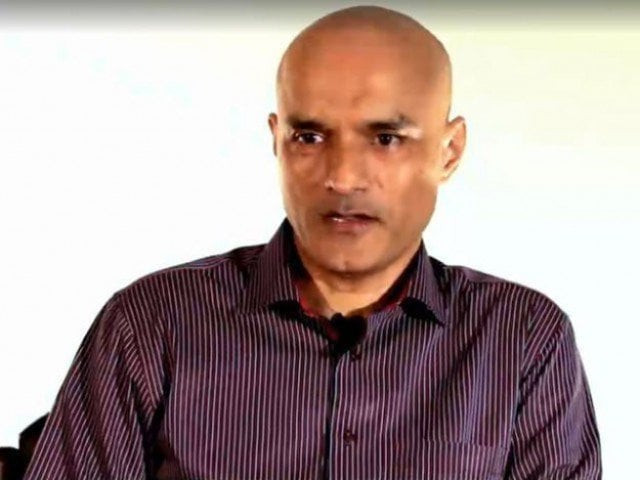
Kautilya, also known as Chanakya, is one of the earliest Indian thinkers. In his famous work Arthashastra, he prescribes the art of statecraft and governance for the king. The treatise covers a wide range of topics, with war being an important one. War, according to Kautilya, is categorized into three types: open, concealed, and silent. In this form of war, repeated stealthy attacks, under the cover of apparent civility, are used to destabilize other kingdoms. In today's parlance, hybrid war fits the definition of "silent war," characterized by deceit, fabrication, deflection, falsification, and the use of cyber tools to gather critical information.
Recent media reports reveal India's intricate network of spies and agents engaged in conducting a silent war globally, against both allies and adversaries alike. These reports shed light on how the Indian diaspora and workers abroad are deliberately being used to gain access and collect critical information on foreign countries and individuals. The data collected is collated and consciously used to create a favorable environment, manipulate public perception, and influence processes and decision-making to advance geopolitical interests. Even international organizations, such as the Financial Action Task Force (FATF), human rights organizations, multilateral export control regimes, and other international forums, have been infiltrated to influence decisions, malign rival countries through disinformation, and falsify facts.
The EU DisinfoLab, an independent non-profit organization dedicated to detecting, tackling, and preventing information disorders that endanger citizens' integrity, peaceful coexistence, and democratic values, has published an exhaustive report on India's use of spying networks. The report, entitled India Chronicles: Deep Dive into a 15-Year Operation Targeting the EU and UN to Serve Indian Interests (https://www.disinfo.eu/publications/indian-chronicles...), outlines how the Indian operation, led by the Srivastava Group and amplified by ANI (Asian News International), began in 2005. Its mission was to discredit nations in conflict with India in Asia, particularly Pakistan and China, while improving India's global perception and consolidating its power.
The report reveals that India’s operation resurrected dead media outlets, think tanks, and NGOs — even resurrecting dead people — to produce and amplify content aimed at undermining primarily Pakistan. Using tools such as identity theft, fake media outlets covering 119 countries, impersonation, and the resurrection of over 10 UN Human Rights Council-accredited NGOs, the operation sought to influence international discourse. The effort included 750+ fake media outlets and 550+ domains, amplified by ANI. It also involved the use of European Parliament members through an online EU affairs honeypot.
India often sells itself as a land of peace, justice, non-violence, culture, and democracy. However, beneath the surface, it sponsors and finances terrorism globally. India has trained terrorist organizations such as the Liberation Tigers of Tamil Eelam (LTTE) in Sri Lanka, actively supported Tehrik-e-Taliban Pakistan (TTP) and the Balochistan Liberation Army (BLA) in carrying out terrorist activities in Pakistan, and even assassinated opponents in countries like Canada and the UK, with attempted assassinations in the US. As a result, the Justice Department charged an Indian RAW agent for orchestrating one such assassination plot.
India doesn’t just use terrorism for political gain; it also supports its foreign policy through psychological operations, fake news, falsification, and propaganda. Iranian investigators have uncovered an Indian clandestine network of software and tech companies in Iran, providing backdoors to both Israel and India during the Iran-Israel conflict. This tale of digital espionage involved millions of Indian workers in Iran and Gulf countries, including engineers, telecommunication operators, IT experts, and airport handlers, who secretly collected data, gathered intelligence, and controlled communication to fuel propaganda and manipulate politics without leaving any traces.
India’s strategy includes building a fake narrative to cover its forays into ICBM development. A report co-authored by Vipin Narang and Pranay Vaddi (Indian-origin Americans) and published in the Foreign Affairs journal (July/August 2025) reveals that India possesses an array of ICBMs, such as Agni-V, with ranges between 5,500 and 8,000 kilometers, and is preparing to test more advanced versions like Agni-VI, with a range exceeding 10,000 kilometers, coupled with MIRV capability. India is also set to test its cutting-edge, MIRV-capable hypersonic SLBM K-6, with an expected range exceeding 8,000 kilometers.
Pakistan enjoys good relations with the US, China, Russia, and other countries, and does not harbor any extra-regional ambitions. The international community acknowledges Pakistan's development of a deterrent capability, which is a response to clear and visible existential threats within the region. Therefore, Pakistan’s force posture and development strategy remain in line with the doctrine of credible minimum deterrence. It would be naive for Pakistan’s policymakers to provoke international backlash, weaken its diplomatic position, or draw undesired scrutiny. In practical terms, ICBMs might not significantly enhance Pakistan’s deterrent capability, so there is little sense in boasting about a system that would not add value.
The real priorities for the state are uplifting a large population from poverty, improving socio-economic conditions, and providing basic amenities. The ongoing slanderous campaign is part of India's silent war, where digital espionage, destabilization through terror networks, deceit, falsification, and disinformation are used as tools.

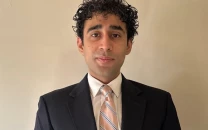


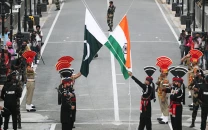





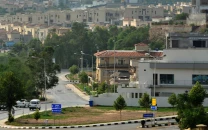

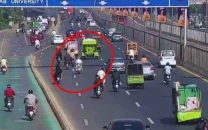

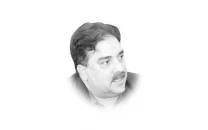
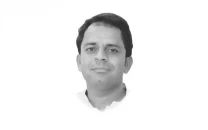



COMMENTS (1)
Comments are moderated and generally will be posted if they are on-topic and not abusive.
For more information, please see our Comments FAQ